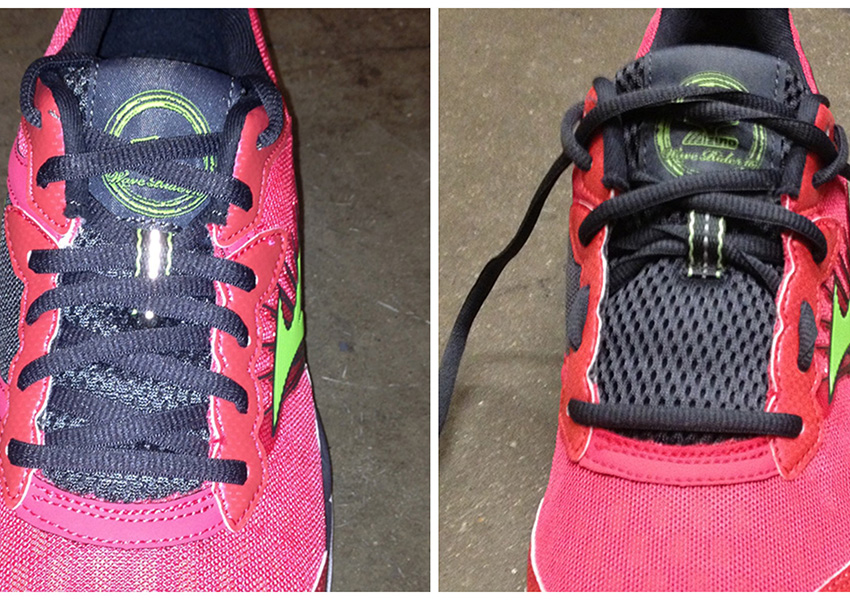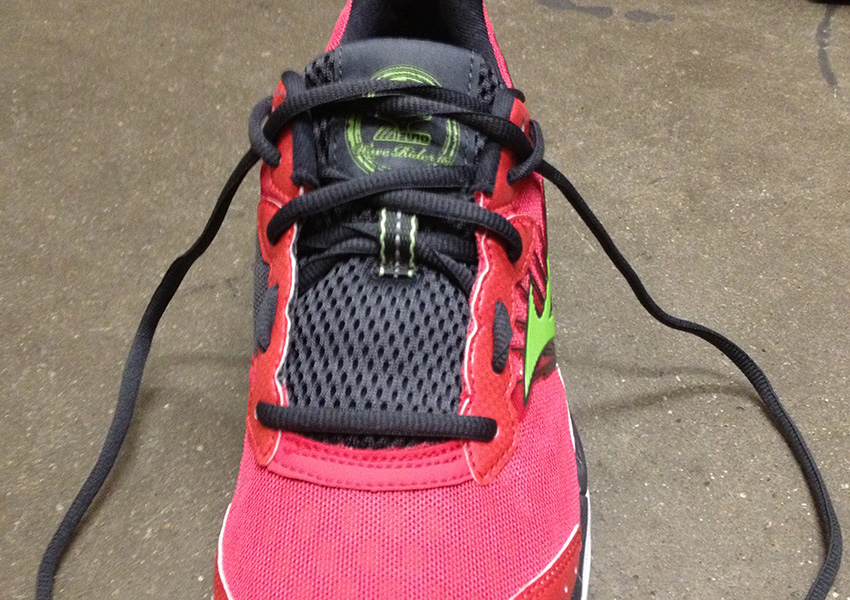Ask The Expert: Do Your Laces Matter?

How you lace your sneakers matters. (All photos provided by City Sports.)
When running on the road or at the gym we see a lot of cool sneakers. But one thing we’ve been noticing lately is the interesting ways people are tying their laces. At first we were thinking it was just for show, but it turns out we were wrong. There are very specific ways to tie your laces depending on your instep, arch, and comfort level when running. We asked Greg Zuckerman, running footwear buyer at City Sports—who has competed in races like the Bimbler’s Bluff 50k, the Stone Cat 50 Mile Trail Race, and the TransRockies Challenge—if how you tie your laces matters.
Does the way you tie your running shoes matter?
Of course it matters how you tie your laces because it is the difference in your feet being comfortable after five, 10, or 15 miles. How you tie your laces can help relieve pressure points and/or give your foot more support during your runs. Everyone’s feet are different shapes and sizes, but there are a number of ways you can tie your laces to help alleviate pressure points depending on how your foot fits in specific shoes.
Below is the standard way of tying your laces, which gives you equal tension throughout the shoes. When tying your laces, it is important to make sure the tension in the laces is spread evenly across each section to help prevent pressure points, which can affect the foot’s comfort in the shoe as you run.

Laces matter. Image 1.
The below photo is a great way to tie your laces if you have a high instep. Not crossing the second to third eyelet will allow for the high instep to sit comfortably in the shoe without adding pressure across the top of the arch. As you pull tight at the top, it will synch the bottom laces tight across, securing and maintaining the forefoot support you receive with traditional lacing. To add additional ankle support, double back from the fifth eyelet into the sixth creating a U shape in which the lace can then be passed through to create a more secure tie at the top.

Laces image 2.
The most important thing for a runner is to be comfortable during the run. How feet react to high mileage varies per person. Whether your feet swell or frequently blister, finding a way to lace your shoes properly and securely can make or break your run.


